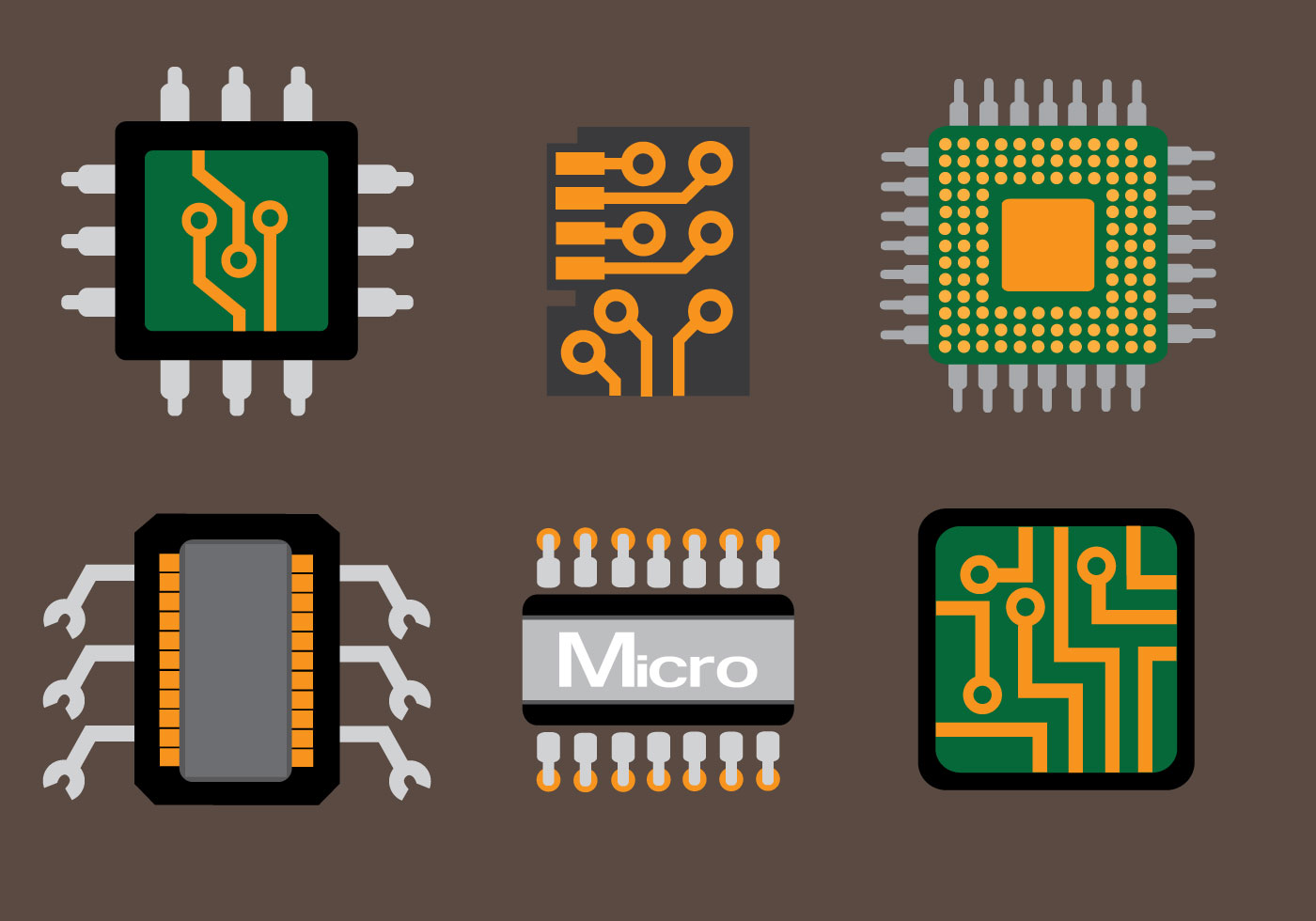Delving into the world of microcontrollers can be both exciting and intimidating for beginners. With the vast array of resources available, it’s essential to start with the microcontroller basics and gradually build up your knowledge. This comprehensive guide will serve as your trusted companion as you embark on this exciting journey.
Understanding Microcontrollers
In essence, a microcontroller is a compact integrated circuit designed to govern specific operations in an embedded system. From everyday appliances such as microwaves and washing machines to complex systems in cars and industrial machines, microcontrollers are ubiquitous.
For beginners eager to understand these miniature computing devices, starting with basic microcontroller knowledge is vital. This includes familiarizing oneself with various types of microcontrollers, their components, and their functionality.
Microcontroller Tutorials: Starting from Scratch
A fundamental step in the microcontroller journey for beginners involves engaging with microcontroller tutorials. These tutorials provide an easy-to-understand overview of microcontroller programming and operation.
- Understanding the architecture of microcontrollers.
- Learning about input/output programming.
- Diving into the intricacies of handling and storing data.
These tutorials offer step-by-step guides, making it easier for beginners to navigate the complex world of microcontrollers.
Microcontroller Programming for Beginners
Programming a microcontroller is a skill that requires practice and patience. The microcontroller programming language used depends on the specific microcontroller. However, C and C++ are widely used due to their flexibility and efficiency.
Here’s a basic guide on how to program a microcontroller:
- Choose the right microcontroller based on the application’s requirements.
- Set up the development environment.
- Write the code for the microcontroller in the chosen language.
- Compile and debug the code.
- Upload the code to the microcontroller.
Choosing the Right Microcontroller
There’s no ‘one-size-fits-all’ when it comes to choosing a microcontroller. The choice depends on several factors such as cost, power consumption, processing speed, and memory. For beginners, selecting a basic microcontroller that has a robust community and ample learning resources can be beneficial.
Keeping Up with Microcontroller Trends
Like any technology-based field, the world of microcontrollers is continually evolving. For example, in the past year, there has been a significant shift towards microcontrollers with integrated wireless capabilities, enabling the development of more sophisticated IoT devices. Staying up-to-date with these trends can help beginners better understand the applications and future of microcontrollers.
Key Factors to Consider When Choosing a Microcontroller
Choosing the right microcontroller for a specific application can greatly influence the success of your project. Here are some key factors to consider:
1. Cost
Budget constraints often play a significant role in determining which microcontroller is best suited for a project. It’s important to consider not just the cost of the microcontroller itself, but also the associated components necessary for its operation.
2. Processing Power
The processing power of a microcontroller is determined by its clock speed, typically measured in Megahertz (MHz) or Gigahertz (GHz). For applications that require complex computations or fast data processing, a microcontroller with a high clock speed might be necessary.
3. Memory
Microcontrollers come with various types of memory such as Flash, RAM, and EEPROM. The amount of memory you need depends on your application. For instance, larger, more complex programs will require more memory.
4. Power Consumption
If your project is battery-powered or energy consumption is a concern, you’ll want to choose a microcontroller that has low power consumption. Some microcontrollers have sleep modes which can save power when the device is idle.
5. I/O Pins
Input/Output (I/O) pins on a microcontroller allow it to interface with other components or devices. You’ll need to consider how many I/O pins your project requires.
6. Available Peripherals
Some microcontrollers come with built-in peripherals such as analog-to-digital converters (ADCs), digital-to-analog converters (DACs), communication interfaces (like UART, SPI, I2C), and timers. These can be a deciding factor if your application requires these peripherals.
7. Software and Tools
Consider the development environment, programming language, and tools that the microcontroller supports. Some microcontrollers may have better software support or more user-friendly development environments.
8. Community Support
A strong community can be a vital resource when working with microcontrollers, especially for beginners. Look for microcontrollers with a robust community, as they often provide tutorials, libraries, and support that can help solve potential problems faster.
9. Size and Packaging
The physical size and packaging of the microcontroller could also be a deciding factor, especially for applications with size constraints.
Remember, the “best” microcontroller depends entirely on your specific needs and constraints. By considering these factors, you can make a more informed decision that aligns with your project’s requirements.
What are microcontrollers that have low power consumption?

Sure, there are several microcontrollers on the market that are designed to have low power consumption, making them ideal for battery-powered or energy-sensitive applications. Here are a few recommendations:
1. Texas Instruments MSP430
The MSP430 family from Texas Instruments is known for its ultra-low power consumption. These microcontrollers have several power-saving modes and can run on as little as 0.1 µA in standby mode. They also feature a wide range of built-in peripherals.
2. Microchip PIC microcontrollers
Microchip’s PIC microcontrollers are another excellent choice for power-sensitive applications. They offer a variety of low-power modes and can operate at lower voltage levels. In particular, the PIC24F ‘XLP’ (eXtreme Low Power) series boasts sleep currents as low as 20 nA.
3. STMicroelectronics STM32L series
The STM32L series from STMicroelectronics is designed for energy-efficient applications. They feature an energy-saving mode that allows the microcontroller to run on just a few µA while still keeping important peripherals active.
4. Silicon Labs EFM32
Silicon Labs’ EFM32 Gecko microcontrollers are designed for energy efficiency. They feature several energy modes that allow them to operate with a minimal amount of power while maintaining functionality.
5. Nordic Semiconductor nRF series
The nRF series of microcontrollers from Nordic Semiconductor are designed for low power wireless applications. They are particularly popular in Bluetooth Low Energy (BLE) applications and can operate on power as low as 0.1 µA in sleep mode.
Remember, while power consumption is an important factor, you should also consider other factors such as cost, processing power, and available peripherals when choosing a microcontroller for your specific application.
The Journey Ahead
Learning about microcontrollers is a process that involves gradual learning and hands-on experience. From understanding the microcontroller basics to programming complex functionalities, the journey is filled with challenges and rewards.
With continuous learning and persistence, anyone can master the art of working with microcontrollers.
Final Reflections
The world of microcontrollers is vast and dynamic. It’s a field that’s integral to the functioning of numerous devices we use in our daily lives. As complex as it may seem, understanding the basics of microcontrollers and their programming is achievable with the right guidance and resources. This article provides a comprehensive guide for beginners, covering everything from understanding what a microcontroller is to how to program one. The journey of learning about microcontrollers is indeed a rewarding one filled with exciting discoveries and practical learning.
